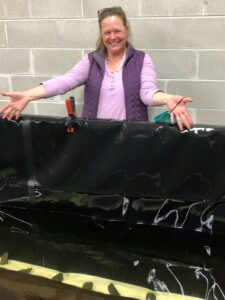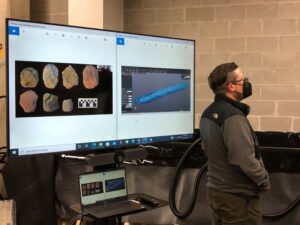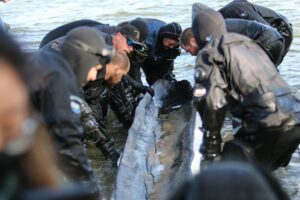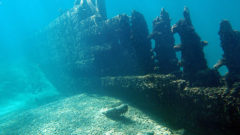Behind the shipwreck discovered in Lake Michigan
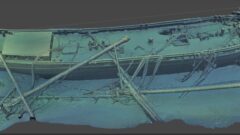
A 150-year-old schooner that sank in 1881, was finally discovered in Lake Michigan. On July 15, maritime historians, Brendon Baillod and Bob Jaeck located the old shipwreck off the coast of Algoma, Wisconsin. The Trinidad was on their radar for more than twenty years, as the ship was a strong candidate for research; the captain and his eight crew members all survived (except their trusted Newfoundland), providing a good description of where the vessel sank.
Great Lakes Now
https://www.greatlakesnow.org/2023/09/behind-shipwreck-discovered-lake-michigan/

